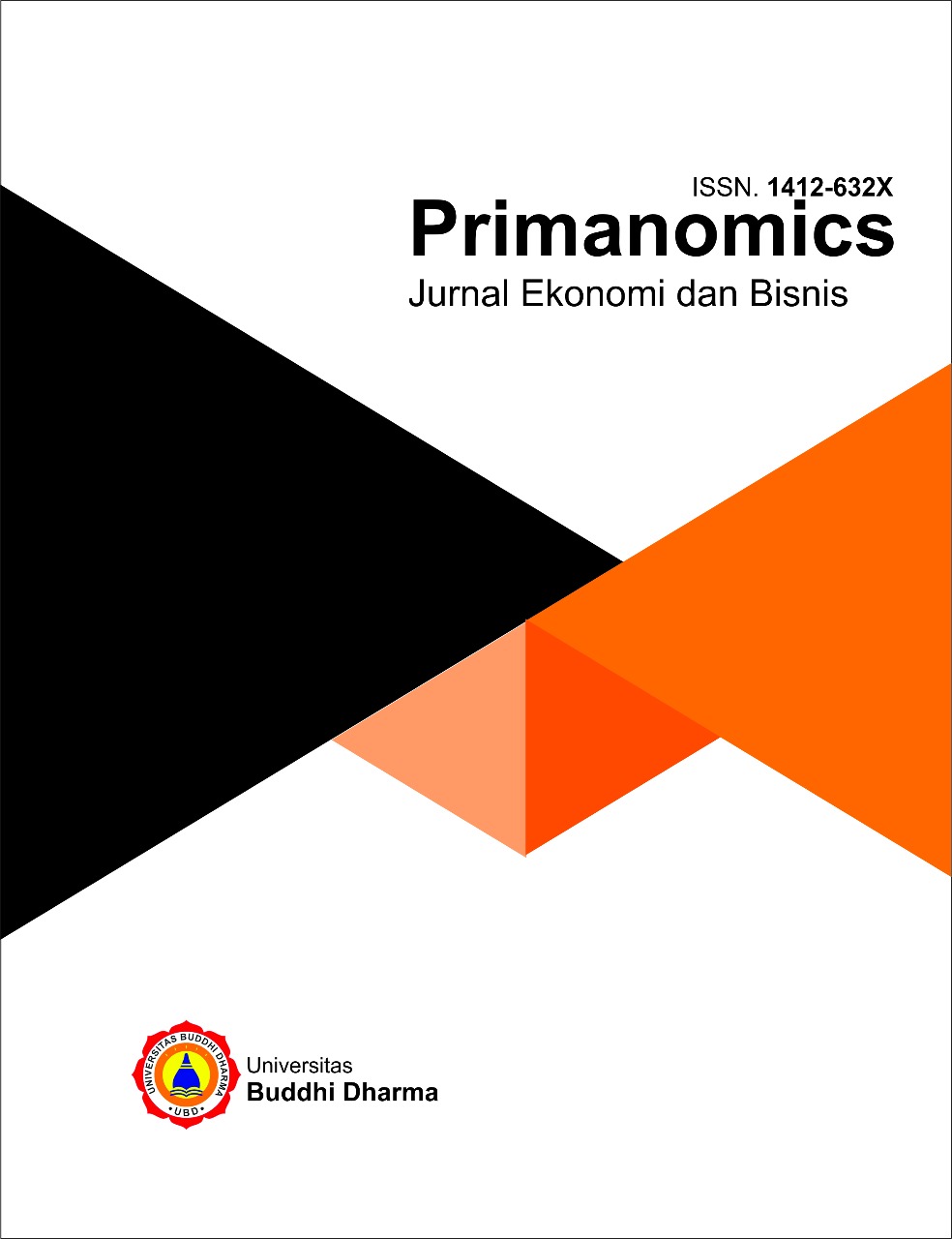The Influence of Asset Structure and Liquidity on Debt Policy in Consumer Goods Sector Companies Listed on the Indonesia Stock Exchange (IDX) for the 2020-2022 Period
Main Article Content
Abstract
The debt policy of the organization is a crucial component of financial management. Although the correct debt strategy might raise a company's financial risk if not handled correctly, it can also provide the funds needed for investment and development. The consumer products industry is only one of several that is always attempting to change its policies to match the times. Companies have the option to take out loans in order to get the extra money they need. Here are the goals of this research: one, to find out whether asset structure affects debt policy; two, to find out if liquidity affects debt policy; and three, to find out if asset structure and liquidity both affect debt policy in manufacturing enterprises that produce consumer products from 2020 to 2022. This research employs a quantitative approach by examining secondary data obtained from annual financial reports. A purposive selection strategy was used to randomly choose 49 businesses from the consumer goods sector out of a total of 88. Several examples of analytical tests include hypothesis testing, classical assumption tests, and several linear regression analyses. The results show that asset structure (SAT) has a positive and statistically significant effect on debit policy, but liquidity (CR) has a negative effect. Additionally, the data demonstrates that debt policy is positively and significantly affected by both asset structure (SAT) and liquidity (CR) simultaneously.
Downloads
Article Details

This work is licensed under a Creative Commons Attribution-NonCommercial-NoDerivatives 4.0 International License.
 Abstract views: 99
/
Abstract views: 99
/  PDF downloads: 49
PDF downloads: 49
